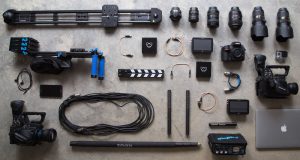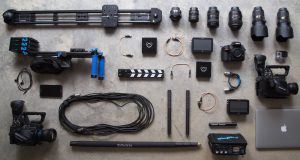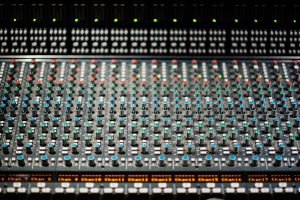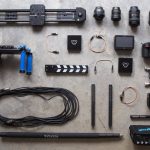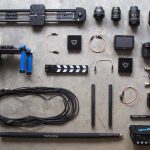Synchros and Resolvers have been used to measure and control shaft angles in various applications for over 50 years. Though they predate WWII, these units became extremely popular during WWII in fire/gun control applications, as indicators/controllers for aircraft control surfaces and even for synchronizing the sound and video in early motion picture systems. In the past, these units were also called Selsyns (for Self-Synchronous.)
At a first glance, Synchros and Resolvers don’t look too different from electric motors. They share the same rotor, stator, and shaft components. The primary difference between a synchro and a resolver is a synchro has three stator windings installed at 120-degree offsets while the resolver has two stator windings installed at 90-degree angles. To monitor rotation with a synchro or resolver, the data acquisition system needs to provide an AC excitation signal and an analog input capable of digitizing the corresponding AC output.
Though it is possible to create such a system using standard analog input and output devices, it is a fairly complicated process to do so, and most people opt for a dedicated synchro/resolver interface. These DAQ products not only provide appropriate signal conditioning, they also typically take care of most of the “math” required to turn the analog input into rotational information. It always a good idea to check the software support of any synchro/resolver interface to ensure that it does provide results in a format you can use. Most synchro/resolvers require an excitation of roughly 26 Vrms at frequencies of either 60 or 400 Hz. It is important to check the requirements of the actual device you are using. Some units require 120 Vrms (and provide correspondingly large outputs…be careful.) Also, some synchro/resolver devices, and in particular those used in applications where rotational speed is high, require higher excitation frequencies, though you will seldom see a system requiring anything higher than a few kilohertz.
Finally, some synchro/resolver interfaces such as UEI’s DNx-AI-255 provide the ability to use the excitation outputs as simulated synchro/resolver signals. This capability is very helpful in developing aircraft or ground vehicle simulators as well as for providing a way to test and calibrate synchro/ resolver interfaces without requiring the installation of an actual hardware. Note: In some applications, the synchro/resolver excitation is provided by the DUT itself. In such cases, it is important to make sure that your DAQ interface is capable of synchronizing to the external excitation. This is typically accomplished by using an additional analog input channel.

